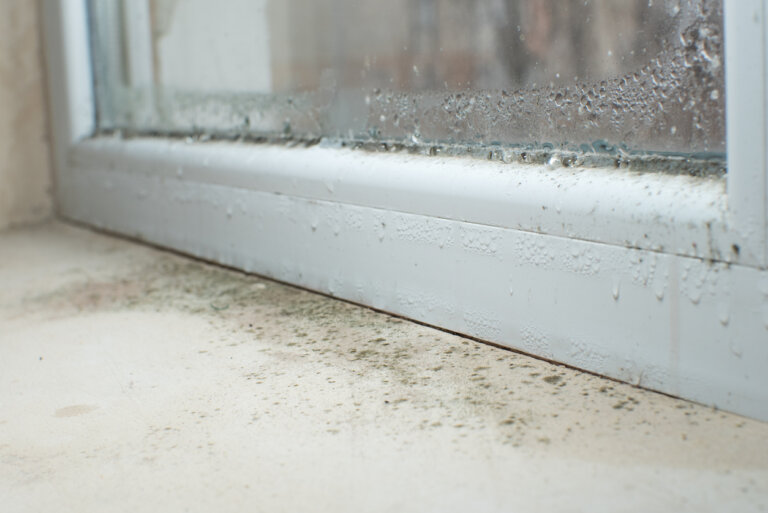Mold growth is a common problem in indoor environments, and it can have serious consequences for both the health of those who inhabit the space and the integrity of the building structure. The most common cause of mold growth in indoor environments is moisture, which can come from a variety of sources.
When moisture levels in an indoor environment exceed a certain threshold, mold spores that are present in the air can begin to grow and thrive. This can lead to a variety of health problems, including respiratory issues, allergies, and even neurological problems. In addition, mold can damage building materials and compromise the structural integrity of a building over time.
In this article, we will explore the most common causes of moisture in indoor environments and how to prevent mold growth from occurring.
Leaks and Water Damage
One of the most common causes of moisture in indoor environments is leaks and water damage. Leaks can occur in a variety of places, including roofs, walls, and plumbing systems. Water damage can occur as a result of flooding, storms, or other environmental factors.
To prevent mold growth from occurring as a result of leaks and water damage, it is important to address any issues as soon as they are detected. This may involve repairing damaged pipes or fixtures, replacing damaged roofing materials, or drying out flooded areas as quickly as possible.
Humidity
Humidity is another common cause of moisture in indoor environments. When the air in a space is too humid, it can create conditions that are ideal for mold growth. In general, indoor humidity levels should be kept between 30% and 60% to prevent mold growth.
To manage humidity levels in indoor environments, it may be necessary to use a dehumidifier. In addition, it is important to ensure that spaces are properly ventilated to allow moisture to escape.
Poor Ventilation
Poor ventilation is another common cause of mold growth in indoor environments. When air does not circulate properly, moisture can become trapped, creating ideal conditions for mold growth. This is especially common in areas such as bathrooms and kitchens, where moisture levels are naturally high.
To prevent mold growth from poor ventilation, it is important to ensure that spaces are properly ventilated. This may involve installing exhaust fans in bathrooms and kitchens or opening windows to allow fresh air to circulate.
Condensation
Condensation is another common cause of moisture in indoor environments. When warm, moist air comes into contact with cooler surfaces, such as windows or walls, condensation can form. This can create ideal conditions for mold growth, especially if the affected surfaces are not properly dried.
To prevent mold growth from condensation, it is important to ensure that surfaces are kept dry. This may involve using a towel to wipe down surfaces that are prone to condensation or installing insulation to prevent warm air from coming into contact with cool surfaces.
Flooding and Natural Disasters
Flooding and natural disasters can also be a common cause of mold growth in indoor environments. When buildings are flooded, moisture can become trapped in walls, floors, and other structural elements. This can create ideal conditions for mold growth, which can be difficult to address once it has taken hold.
To prevent mold growth from flooding and natural disasters, it is important to take preventative measures before these events occur. This may involve installing flood barriers or elevating buildings in areas that are prone to flooding. In addition, it is important to address any water damage that occurs as a result of these events as quickly as possible.
In conclusion, the most common cause of mold growth in indoor environments is moisture. This can come from a variety of sources, including leaks, humidity, poor ventilation, condensation, and flooding. To prevent mold growth from occurring, it is important to address these issues as quickly as possible and to take preventative measures to minimize and mold growth.


